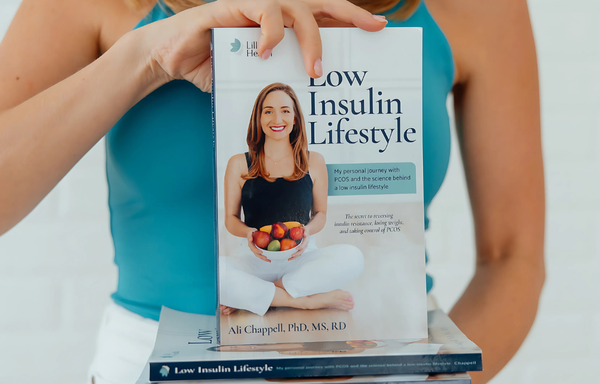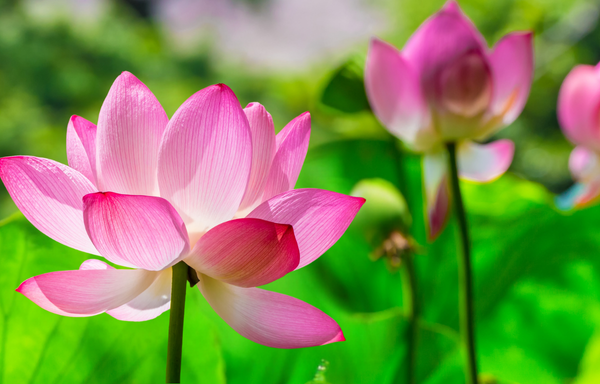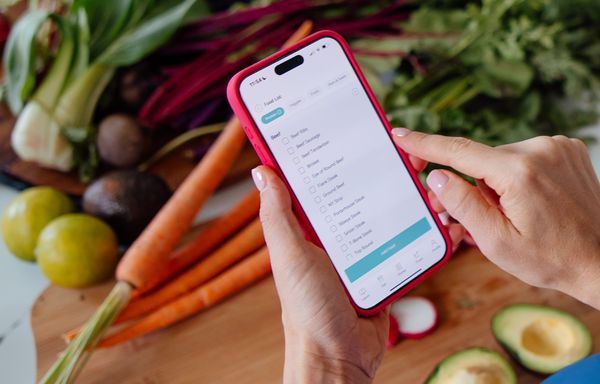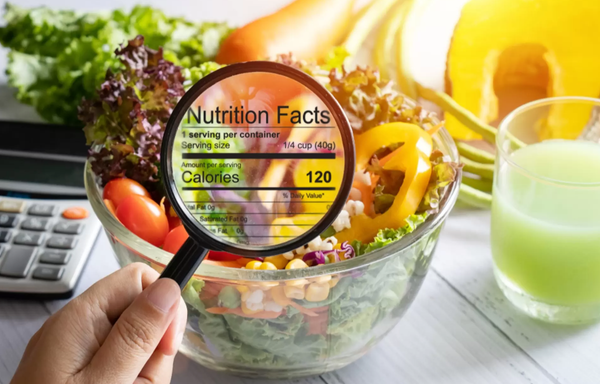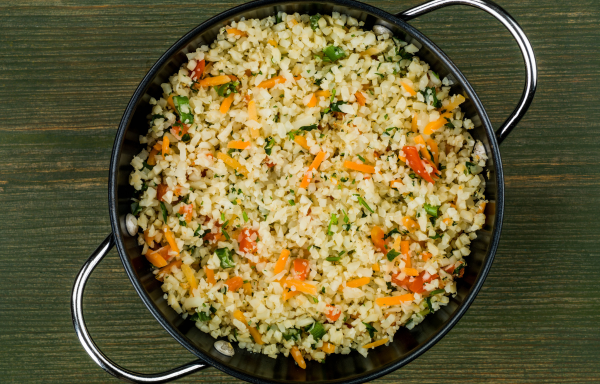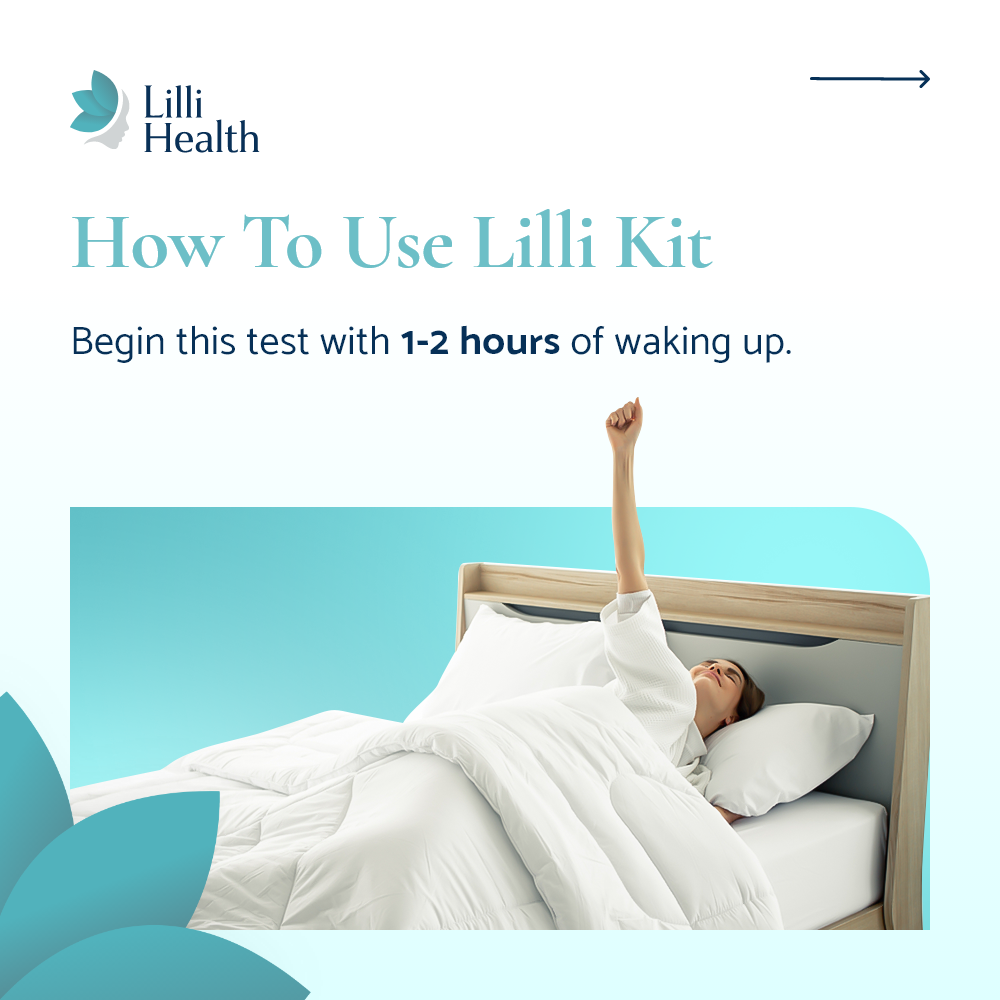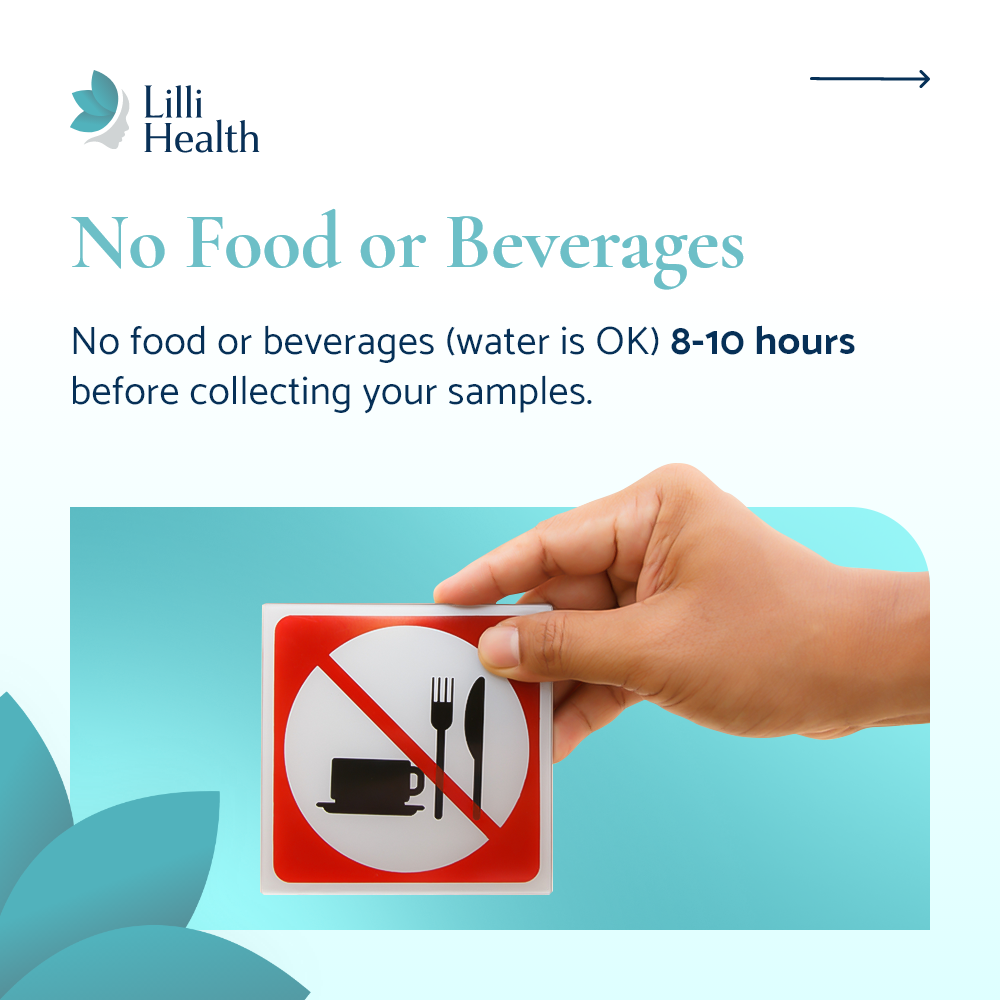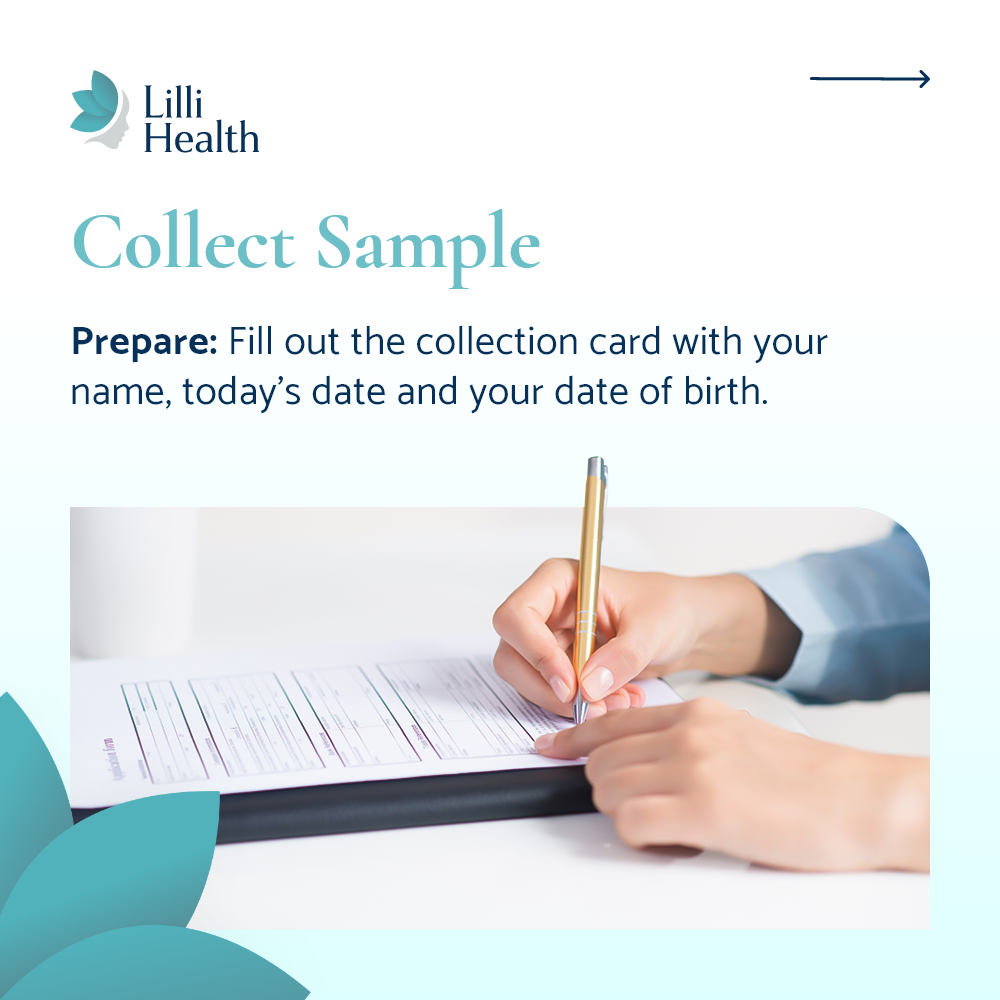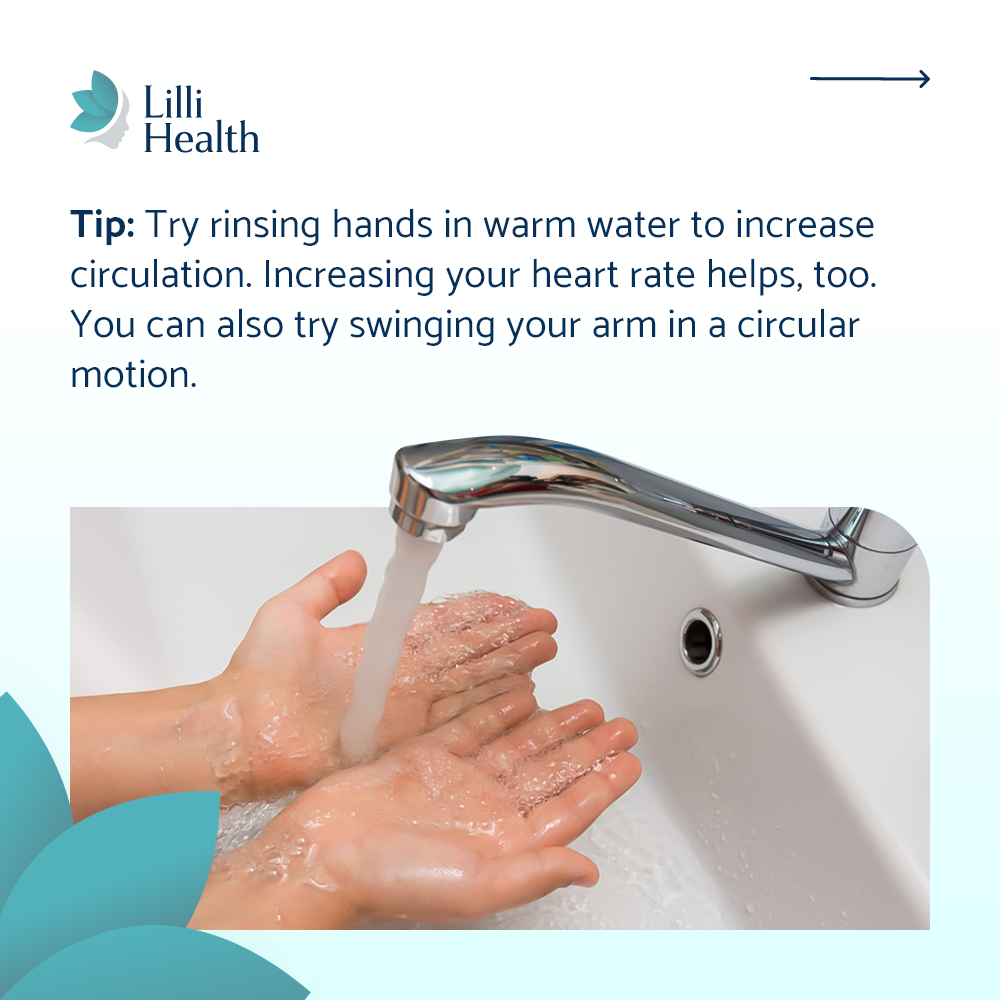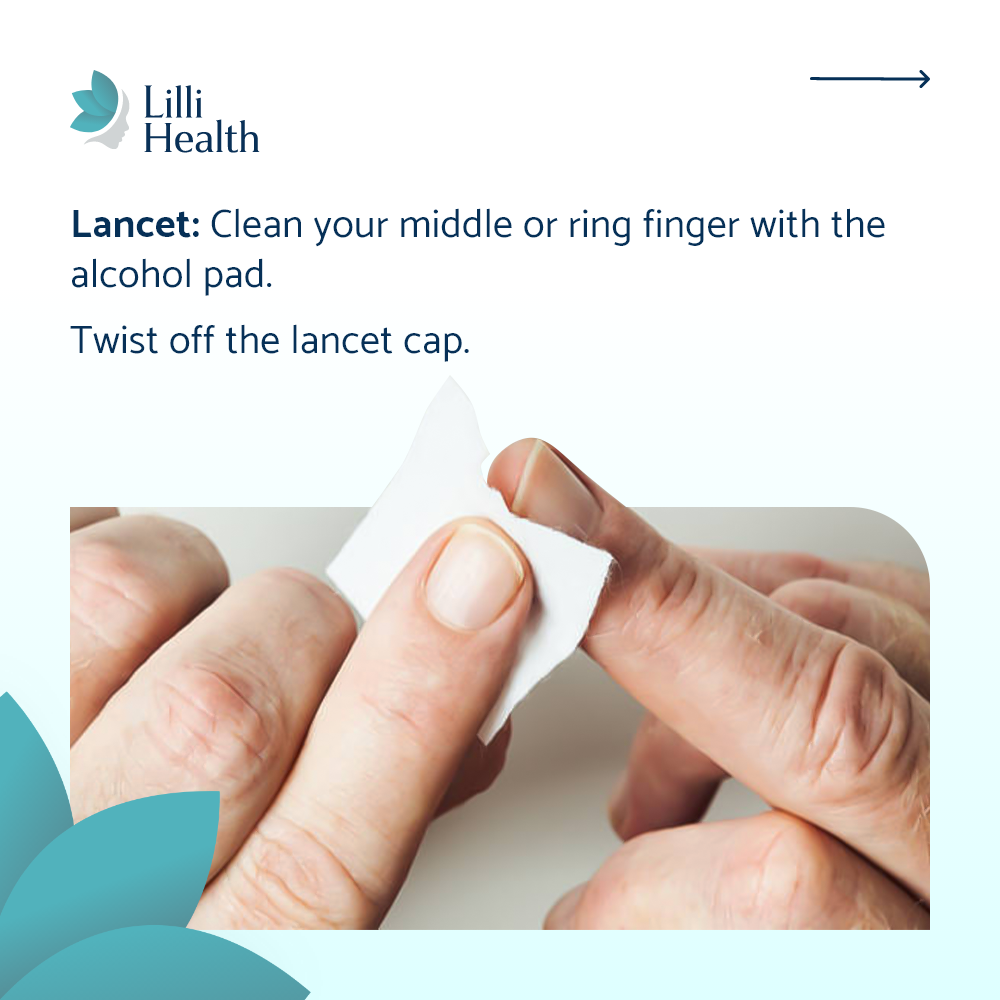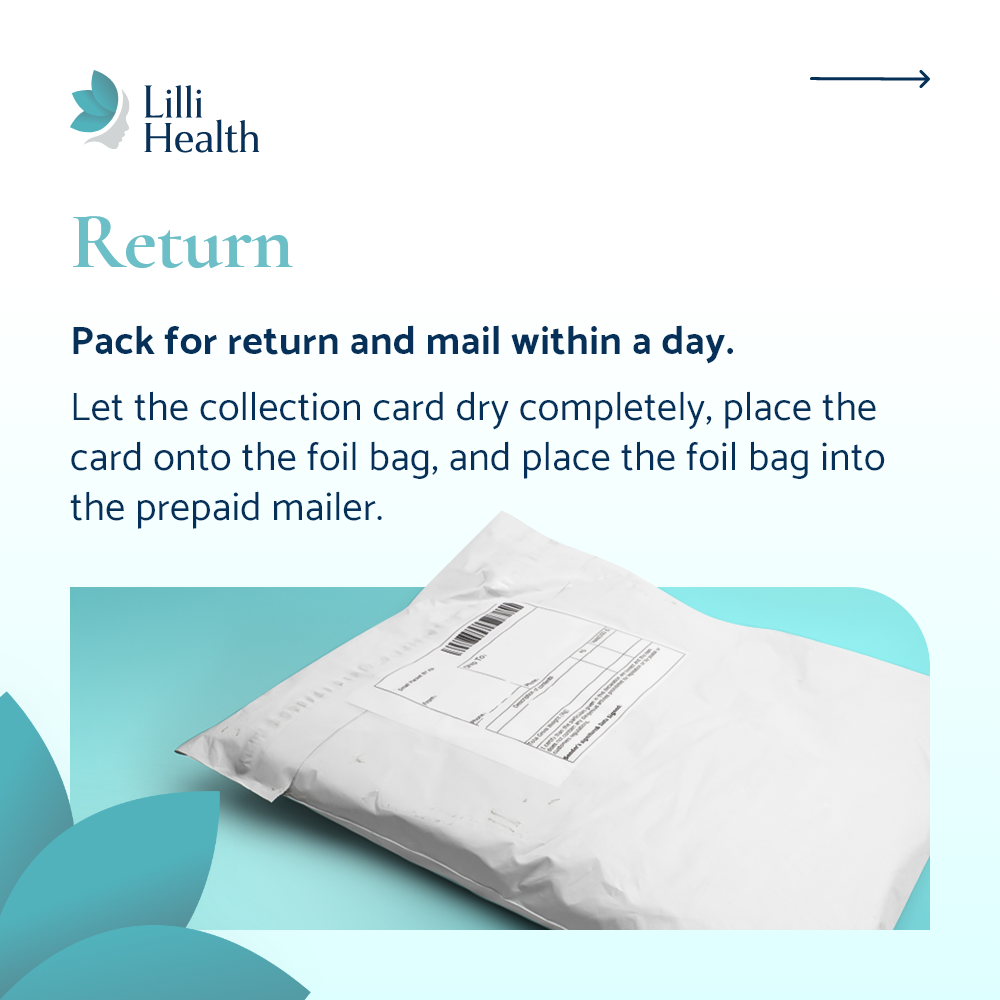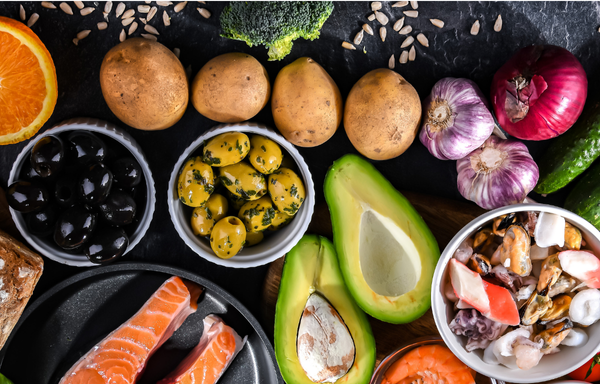

Lilli vs. The Paleo Diet: What’s the Difference?
A Low Insulin Lifestyle and the Paleo diet share many similarities, especially compared to other dietary approaches. Both focus on whole, nutrient-dense foods, avoid processed junk, and eliminate refined sugars and grains. But when it comes to the details, there are key differences that set Lilli apart.
Lilli is designed with one goal in mind—keeping insulin levels low and stable. While Paleo takes an ancestral approach to food choices, Lilli is focused on specifically on how foods impact insulin resistance, PCOS, and metabolic health. Let’s break down the biggest differences between the two.
Starchy Tubers: The Evolution of Potatoes
One major difference between Lilli and Paleo is the inclusion of starchy tubers like potatoes and sweet potatoes. Paleo allows these because, historically, humans would have eaten roots and tubers in their natural environment. But here’s the problem—modern potatoes are nothing like the ones our ancestors ate.
The wild potatoes humans once foraged were the size of a thumb, with far more fiber and far less starch. Over thousands of years, selective breeding has created potatoes that are much larger and starchier because that’s what appeals to our taste buds. Today, a single potato can weigh a pound or more, and even smaller varieties pack a high starch content that quickly converts to glucose in the bloodstream, spiking insulin levels.
In the Lilli approach, starch is minimized, even from “natural” sources like tubers. That’s because when it comes to insulin resistance, it’s not about whether something was eaten by our ancestors—it’s about how our bodies respond to it today.
Natural Sugars: Sugar is Sugar
Another major difference is sugar. Paleo allows natural sweeteners like honey and maple syrup, arguing that early humans would have consumed them. But just because something is “natural” doesn’t mean it’s good for insulin.
Whether sugar comes from a refined white granule or a honeycomb, it still rapidly spikes insulin levels. It doesn’t matter that honey contains some trace minerals—it’s still concentrated sugar. Lilli avoids all forms of sugar, even natural ones, because the goal is to keep insulin levels stable.
For those who want a little sweetness, allulose or monk fruit are much better options. These don’t cause a blood sugar spike and won’t send insulin levels soaring the way honey and maple syrup do.
Dairy: Fermented vs. Unfermented
Both Paleo and Lilli limit dairy, but the reasoning is slightly different. Paleo eliminates dairy altogether because early humans didn’t milk cows. Lilli, on the other hand, looks at dairy through the lens of insulin response.
Milk contains protein called whey and casein, which are highly insulinogenic—meaning they spike insulin levels. But not all dairy has the same effect. Fermented dairy, like yogurt and aged cheeses, undergoes a transformation that reduces its insulin impact.
Lilli allows for small amounts of fermented dairy for those who tolerate it well. A sprinkle of cheese or a serving of unsweetened Greek yogurt can add flexibility and sustainability without causing the same insulin surge as milk.
The Bottom Line
Both Paleo and Lilli focus on whole foods and removing processed junk, but Lilli takes it a step further by prioritizing insulin regulation above all else.
- Paleo includes starchy tubers—Lilli minimizes them to keep insulin low.
- Paleo allows honey and maple syrup—Lilli avoids all concentrated sugars.
- Paleo eliminates dairy entirely—Lilli allows limited fermented dairy for sustainability.
